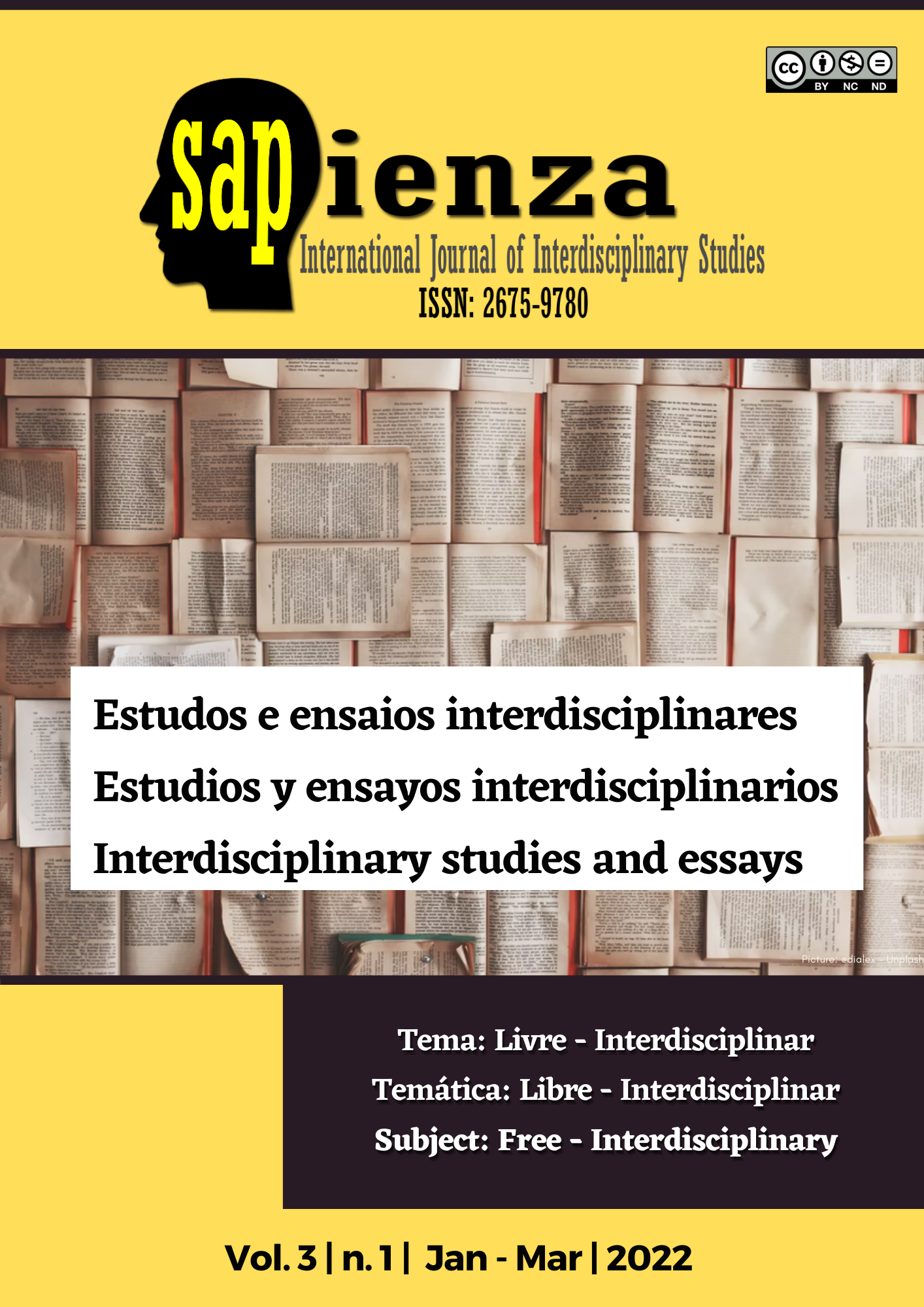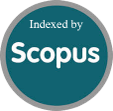Prevention of electrical occupational risks through an intelligent thermographic drone for CNEL- Esmeraldas
DOI:
https://doi.org/10.51798/sijis.v3i1.372Keywords:
Drone, modular prototyping, engineering, electrical risksAbstract
This thesis addresses the issue of the inspection for predictive maintenance of power lines and telecommunication towers through the implementation of a drone with a thermal camera. For the development of the Thesis Project we used the Modular Prototyping methodology, which in each of its phases allowed the development of the Drone Prototype to be carried out in an orderly manner, the advantage of this methodology is that it allows us to ensemble new elements as the project advances. Several technologies were integrated for the development of this project, which together managed to perform the functions of thermographic inspection, being this the result of an analysis and design prior to its development.
References
Alvarracin Sarmiento, K. D. (2018). Análisis de normativas, reglamentos y capacitaciones para la importación y comercialización de drones profesionales en Ecuador.
Coloma Romo, E. (2015). Tecnologías del siglo XXI para el periodismo ecuatoriano análisis del tratamiento de tecnologías como drones y wearables en el periodismo enfocado en Ecuador (Bachelor's thesis, Quito, 2015.).
CRUZ, J. (2017). Elementos de la noticiabilidad a partir del uso periodístico de drones en la cobertura del terremoto en ecuador de 2016. revistapuce.
El Comercio. (2015). Reglamento para el uso de Drones en el Ecuador.
Flir. (3 de agosto de 2018). www.flir.es. Obtenido de http://www.flir.es/cs/display/?id=51839.
Guillermo, F. (2015). El Secreto de dios. En F. Guillermo, El Secreto de Dios(págs. 200-220). Mexico: Penguin Random House.
Gutiérrez-Proenza, J., Quishpe-Lugmaña, K. S., & Tipantuña-Tenelema, S. F. (2022). Drones en el Ecuador: aproximación a una regulación jurídica ineludible. Revista Jurídica Crítica y Derecho, 3(4), 68-79.
HEMAV. (abril de 2016). https://hemav.com. Obtenido de https://hemav.com/el- origen-y-la-historia-de-los-drones/
Jaime Montero. (10 de mayo de 2016). www.todrone.com. Obtenido de https://www.todrone.com/pais-mas-invierte-en-drones/
Job, S. (1994). (R. STONE, Entrevistador)
Mariano Lopez. (2009). DISEÑO DE UN SISTEMA DE VISIÓN DE LUZ VISIBLE E INFRARROJA PARA VEHÍCULO AÉREO AUTÓNOMO. Mexico.
Marlady Ortiz. (septiembre de 2012). http://isw-udistrital.blogspot.com. Obtenido de http://isw-udistrital.blogspot.com/2012/09/ingenieria-de-software-i.html
Parrot. (agosto de 2018). www.parrot.com. Obtenido de https://www.parrot.com/soluciones-business/construccion/inspeccion- visual-y-termica#identificar-rapida-y-facilmente-las-perdidas-termicas-
Quimbita Peláez, M. A. (2016). Uso civil de drones y la afectación al derecho a la intimidad personal y familiar en el Ecuador, 2015 (Bachelor's thesis, Quito: UCE).
Road Traffic,. (30 de enero de 2018). www.roadtraffic-technology.com. Obtenido de https://www.roadtraffic- technology.com/contractors/detection/traficon/pressreleases/high-res- thermal-camera/
Rogatyuk, D. (2019). Ecuador:'Drones' revolt against neoliberal policies. Green Left Weekly, (1240), 13.
Sánchez, W. A. (2014). COHA Report: Drones in Latin America. Hermes, 900(4).
Downloads
Published
How to Cite
Issue
Section
License
Copyright (c) 2022 Hugo Arcenio Solorzano Plaza

This work is licensed under a Creative Commons Attribution-NonCommercial-NoDerivatives 4.0 International License.




